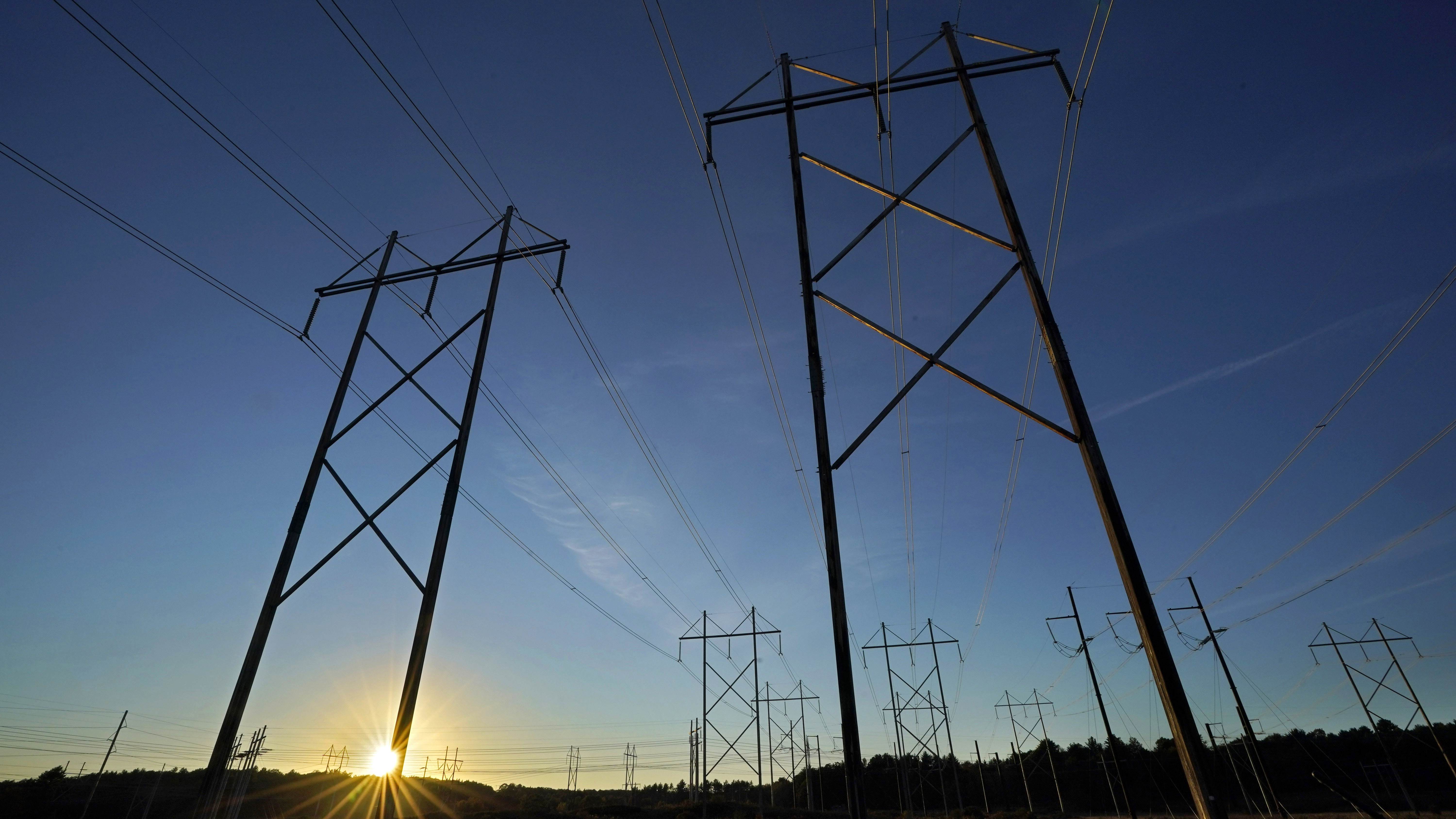Maine officials are warning people who catch and eat fish in seven specific freshwater lakes, streams and other bodies of water about harmful PFAS chemicals found in fish.
Specifically, the Maine CDC is advising people not to consume or limit consumption of, some if not all types of fish from Unity Pond, the Presumpscot River from Saccarappa Falls in Westbrook to Presumpscot Falls in Falmouth, the Mousam River from below the Number One Pond Dam to Outlet Dam on Estes Lake, including all of Estes Lake, all of Durepo Pond and Limestone Stream from Durepo to the dam near Route 229 in Limestone, Messalonskee Stream from the Rice Rips Dam in Oakland to the Automatic Dam in Waterville, Fish Brook, including any tributaries, from the headwaters to the confluence with Messalonskee Stream and Police Athletic League Ponds.
WATCH ANYTIME FOR FREE
Stream NBC10 Boston news for free, 24/7, wherever you are. |
Communities affected by the advisory include Fairfield, Waterville, Oakland, Limestone, Sanford, Westbrook and Unity.
According to the Maine CDC, “PFAS are a group of man-made chemicals found in a variety of consumer products throughout the world. Based on studies of laboratory animals and humans, exposure to certain PFAS chemicals has been associated with changes in liver and kidney function, changes in cholesterol levels, decreased immune response to vaccines in children, complications during pregnancy, and increased risk of kidney cancer and possibly testicular cancer.”
Get updates on what's happening in Boston to your inbox. Sign up for our News Headlines newsletter.
The agency also said it, "collected and tested fish from these waterbodies for PFAS because they are located where historical PFAS contamination has been found in groundwater, surface water, and/or soils."
According to the Maine Department of Environmental Protection, PFAS sources in the state have been traced to products like "certain firefighting foams" and from "various waste streams" like "sludge and septage" or "leachate from unlined landfills."
A website for the agency explains that "sludge" is essentially treated wastewater that was spread on "agricultural land" for its "nutrient value."
The state says this was a practice that was carried out for decades and "licensed at the time" because "little was known about PFAS as an emerging contaminant."
"It definitely upsets me personally," said Matt Guertin, a Sanford resident who regularly catches and releases fish on Estes Lake, one of the impacted bodies of water.
"More people now are fishing than ever," he added, explaining that part of his concern about the discovery was the number of people across Maine who would be impacted by it.
"Once the pandemic hit, more people started taking up new hobbies and fishing is one of them," said Guertin, who also hoped the state would conduct further research on PFAS in fish to see how wide-ranging the problem might be.
In its advisory, the Maine CDC also noted that "fishing in these seven waterbodies remains a safe activity, in accordance with the consumption advisories, along with other recreation such as swimming, wading, and boating."
The issue of PFAS in Maine fish has also concerned other people, both in Maine and beyond.
"We’re in the beginning stages of identifying where PFAS is, and I wish I could say I was shocked, but I am not," said David Trahan, executive director of the Sportsman’s Alliance of Maine.
"This is just so sad and hard to watch," he added.
This past Monday, activist Erin Brockovich tweeted about the Maine CDC advisory, saying "these aren’t long distant.. they’re showing up on your dinner table."



